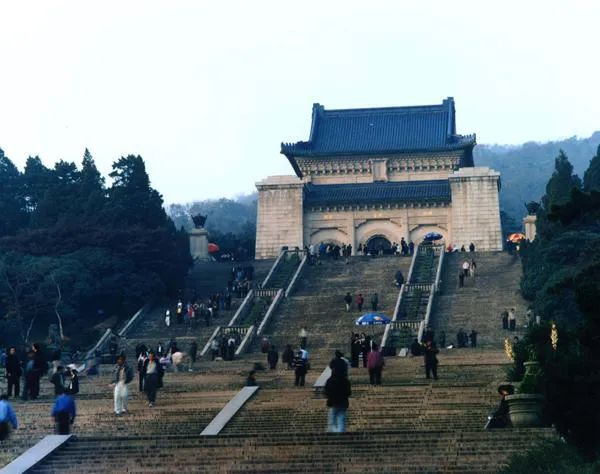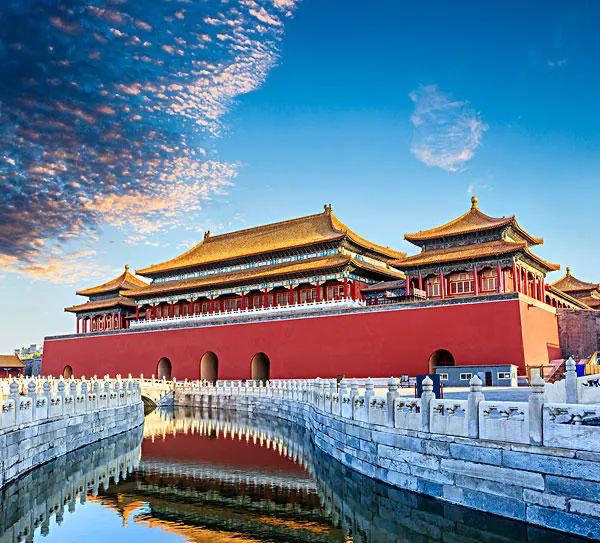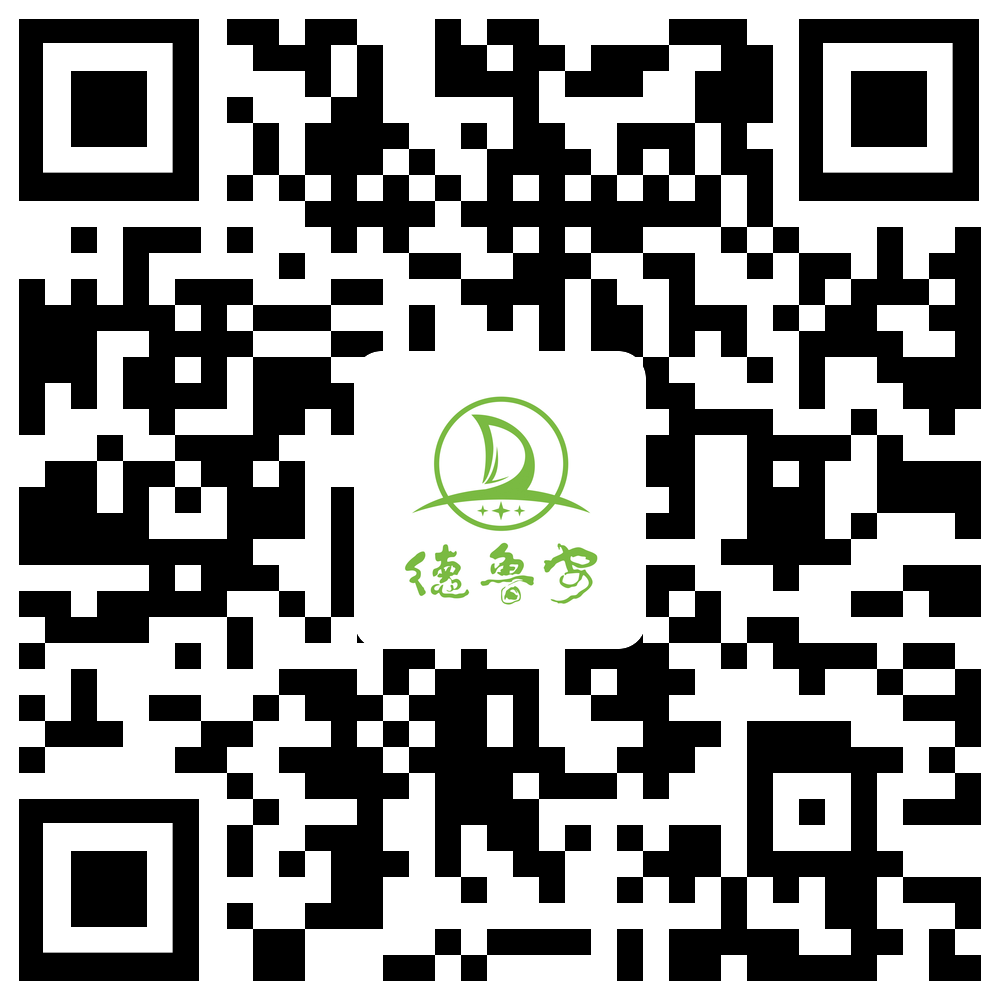Why is the top of Zhongshan Mausoleum blue, the top of Wudang Mountain Palace Green, and the top of the Forbidden City yellow?

The roof of Zhongshan Mausoleum is blue glazed tile

The buildings in Wudang Mountain have green glazed tile roofs

The Imperial Palace has yellow glazed tile roofs
Why is the top of Zhongshan Mausoleum blue, the top of Wudang Mountain Palace Green, and the top of the Forbidden City yellow?
The color of glazed tile is mainly related to Feng Shui and five elements.
Yellow is one of the five colors. The soil is in the middle, so yellow is the central normal color《 The book of changes also said: "the gentleman Huang Zhongtong Li, is in the body, beauty in which, and smooth in the four branches, hair in the cause, beauty is also." Therefore, since ancient times, yellow has been regarded as the orthodox color in the middle, the color of neutralization, which is above all kinds of colors and is considered to be the most beautiful color.
Yellow is the color of the emperor. Yellow glazed tiles were laid on the roofs of the palace buildings; With the resplendent color, it forms the grand and solemn characteristics. Yellow glazed tiles can also be laid on the roof of the temple or ancestral hall built by the emperor. No yellow glazed tiles are allowed to be laid on the roofs of other buildings, such as government offices and royal palaces.
The green glazed tiles are used on the roofs of the palaces in Wudang Mountain because the glazed tiles are specially used for ancient royal buildings, while the red wall and blue tiles are specially used for Royal Taoist temples.
According to the literature, glazed tiles began to appear in China in the spring and Autumn period. It is widely used in the palace buildings of Tang and Song Dynasties, and can be seen in the murals of Tang and Song dynasties. By the Yuan Dynasty, glazed tiles began to be used on a large scale. In the Ming and Qing Dynasties, the use of glazed tiles was strictly regulated
According to the Qing style construction rules, there are many colors of glazed tiles, but yellow and green are the most basic. Yellow is mainly used in imperial palaces and temples; Green is mainly used in the palace. In addition, black, purple, blue, red and other colors are mostly used for leaving the palace.
Another example is Yongzheng's detailed stipulation that "yellow glazed tiles are the most respected, only used in the main buildings such as the Imperial Palace, the country, the temple and so on. But even in the Imperial Palace, not all palaces use yellow glazed tiles, and the less important buildings use green and green "trimming" (rimming).
Black belongs to water. Water can conquer fire. Therefore, the roofs of the warehouses in the Forbidden City are mostly black glazed tiles instead of yellow glazed tiles. The most obvious example is wenyuange (wenyuange is the Royal Library).
The green glazed tile symbolizes the spring and the sun, and all things are bright. Green glazed tile is simple and elegant. The most typical ancient construction group is a Ge Suo, which is the place where the princes and grandchildren live.
Colored glazed tiles, usually used in royal gardens, symbolize richness. There are five colored glazed flower beds in the Royal Garden, with taipinghua and peony flowers planted inside. In front of the flower shop, you can taste the flowers, while the colorful glass is the icing on the cake.
Therefore, the color of glazed tile is not only related to the theory of Fengshui and five elements, but also contains the meaning of auspiciousness, which is the bearing and embodiment of Chinese Oriental exquisite aesthetics.
Beijing deluan architectural planning and Design Institute is a reliable professional design institute with international vision. Since its establishment in 2009, it has formed five advantageous business sectors, namely urban design, cultural tourism scenic area, religious architecture, Zen garden, decoration design and theater architectural design.
High quality design has won many honors at home and abroad
The design of Baoqing temple in Xianghe, Hebei Province won the first prize of best architectural design awarded by China National Architecture Research Association in 2017( Click to view the planning scheme of Baoqing Temple)
In the international competition for the design of national cultural center of Thailand organized by the Thai Ministry of culture from 2019 to 2020, druan won the first prize, won the cordial reception of Princess Sirindhorn, the royal family of Thailand, and completed the architectural engineering design with super theater as the main body( Click to view the planning scheme of Thailand Cultural Center)
In 2019, he was invited to work out the master plan for Wanghai temple in Dongtai, Wutai Mountain, one of the four famous Buddhist mountains in China( Click to view the planning scheme of Wanghai Temple)
In 2019, he was invited by the Nepalese government to prepare a master plan for the northern part of the Holy Garden in Lumbini, the hometown of Buddha( Click to view the planning scheme of the Northern District of Lumbini Holy Garden)
Contact: 138 1010 4901 (same number of wechat)
Email: xzhang@deluangroup.org
QQ:914201599
Please scan code for Drew's official account, and collect free electronic design collections and free e-books free of charge.


